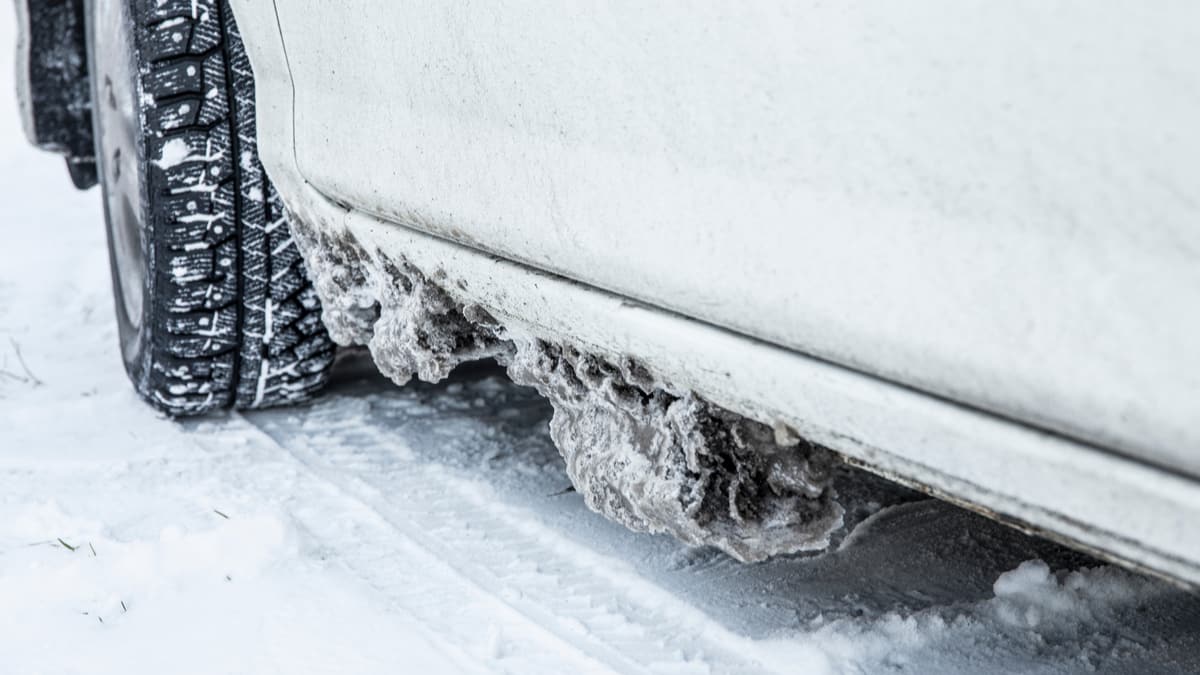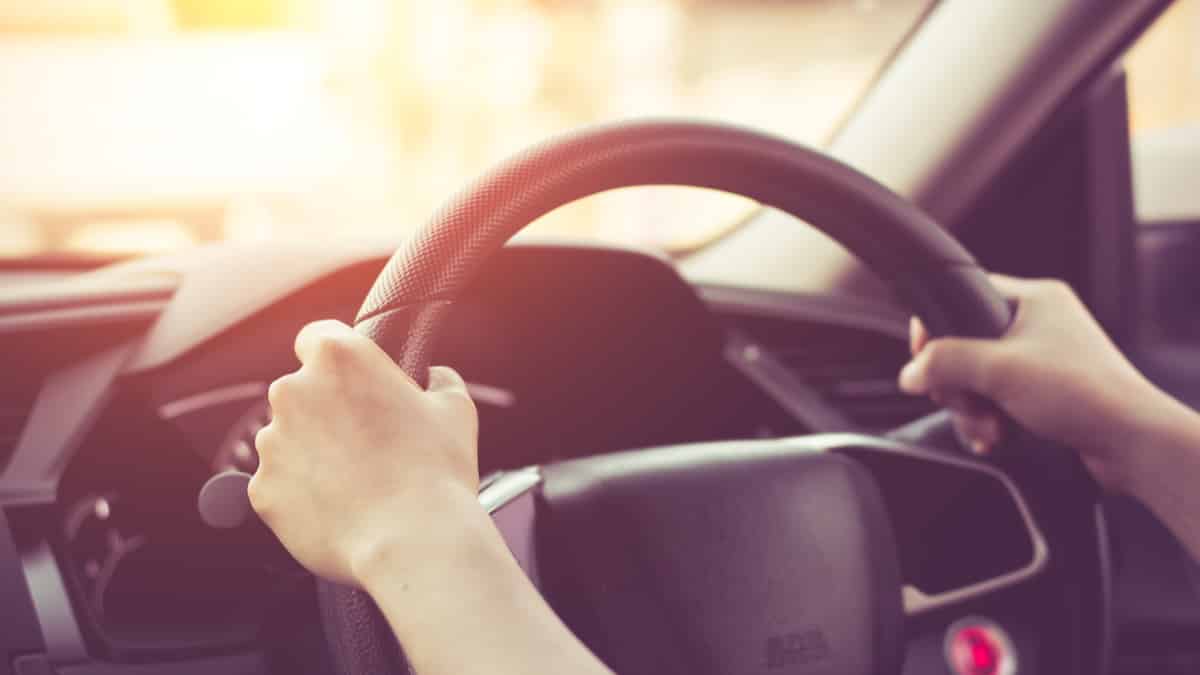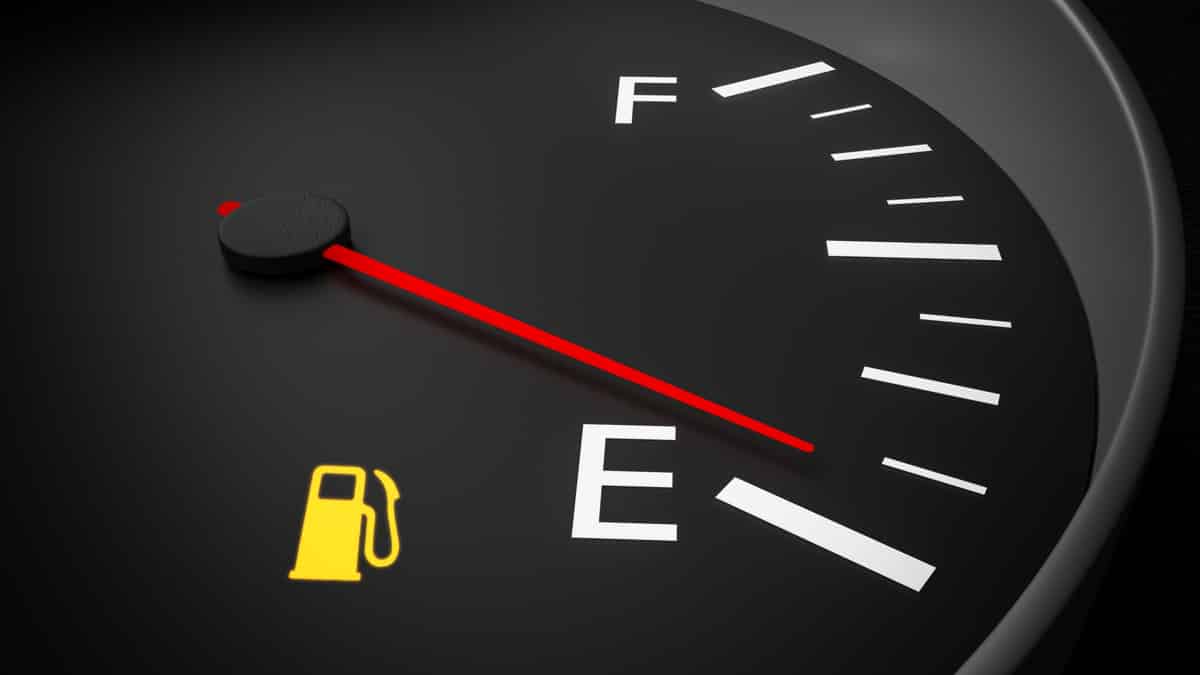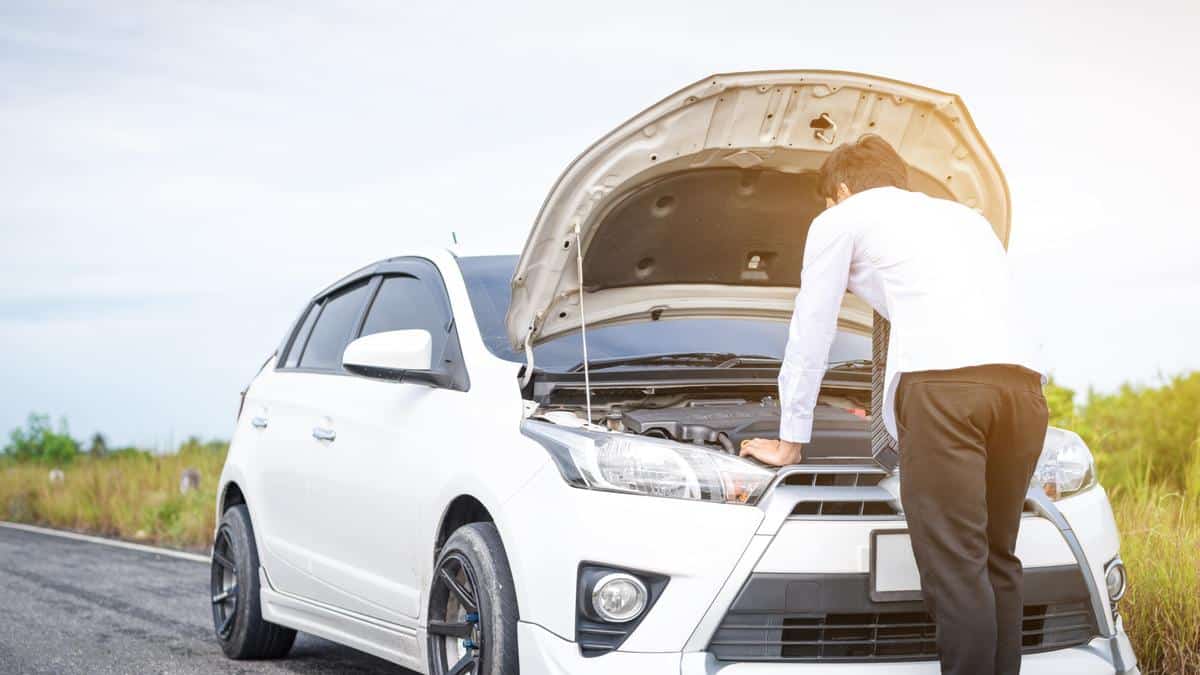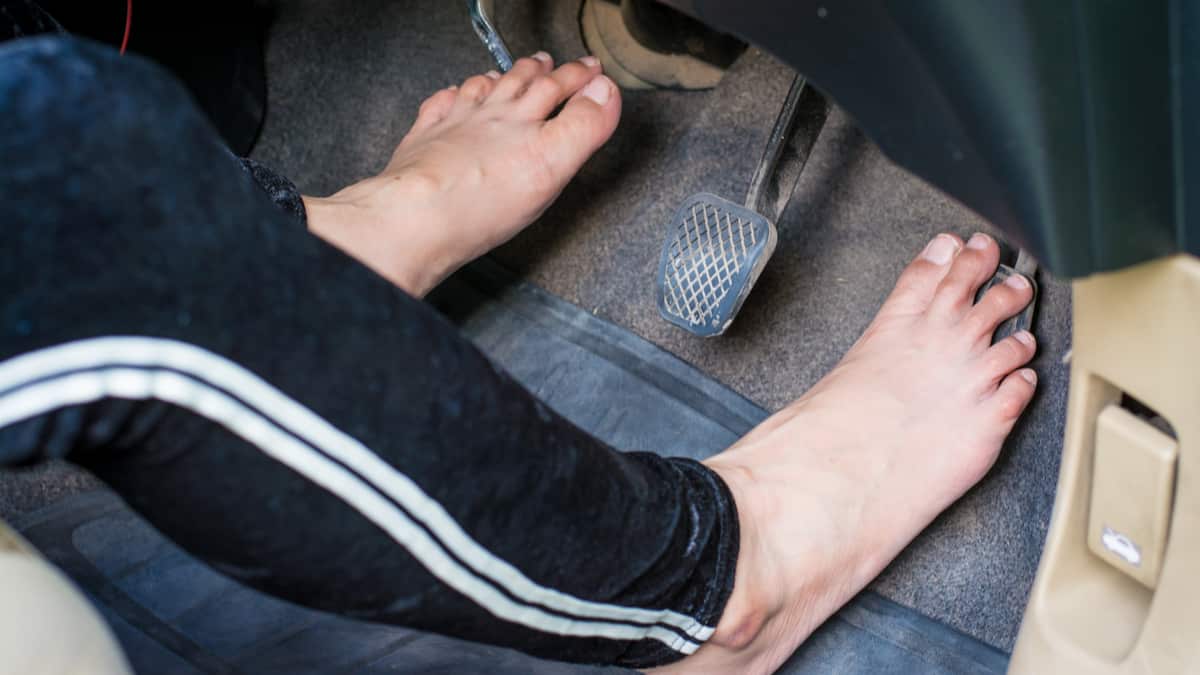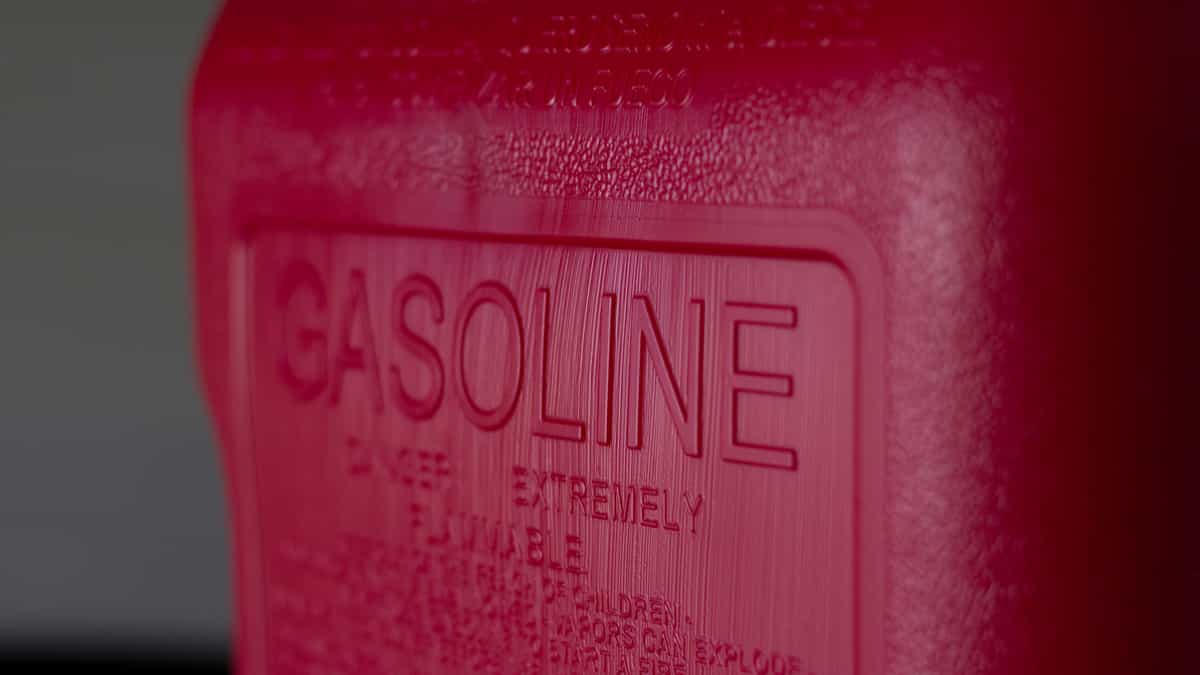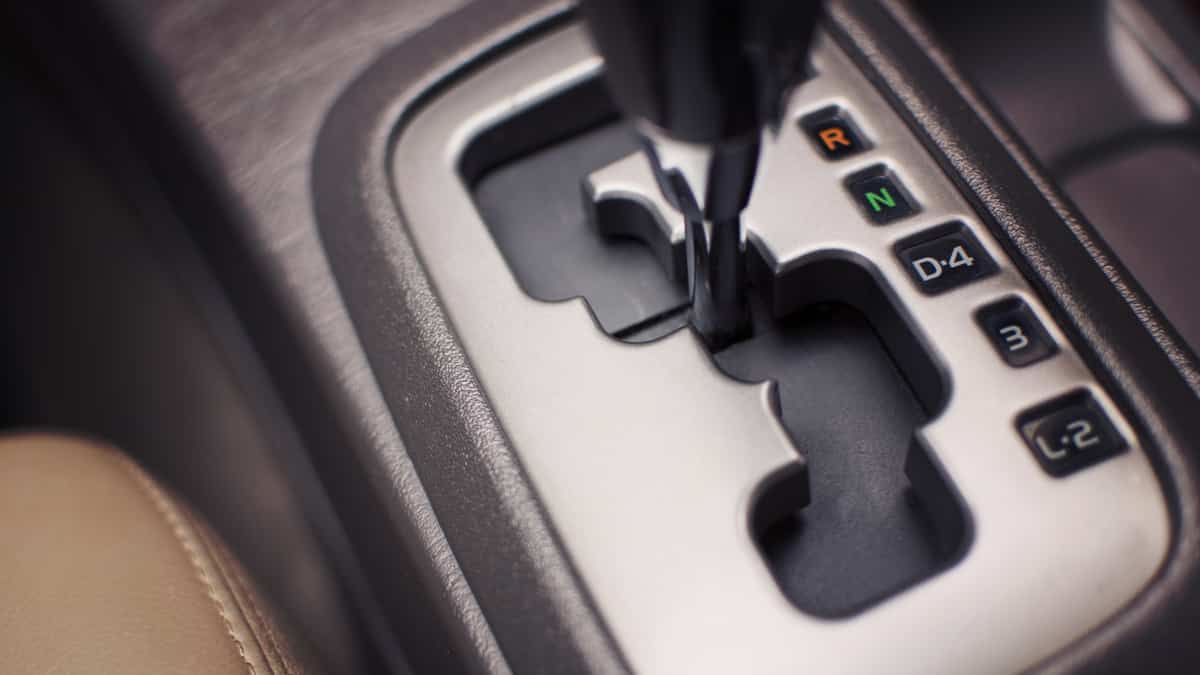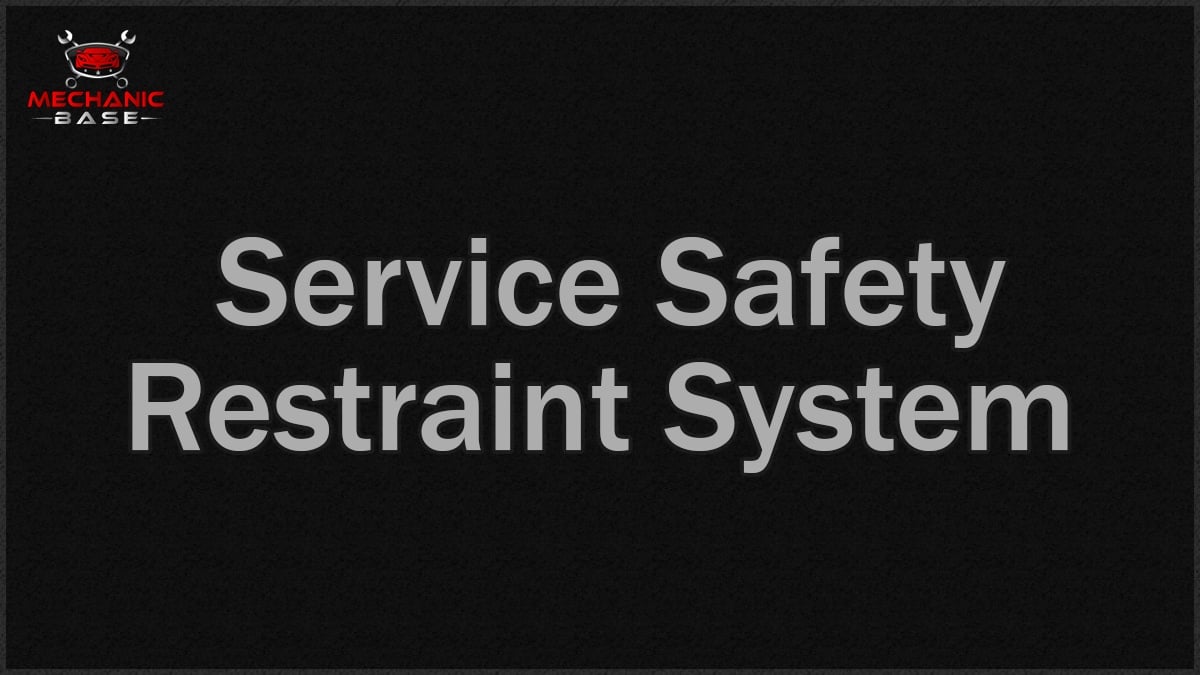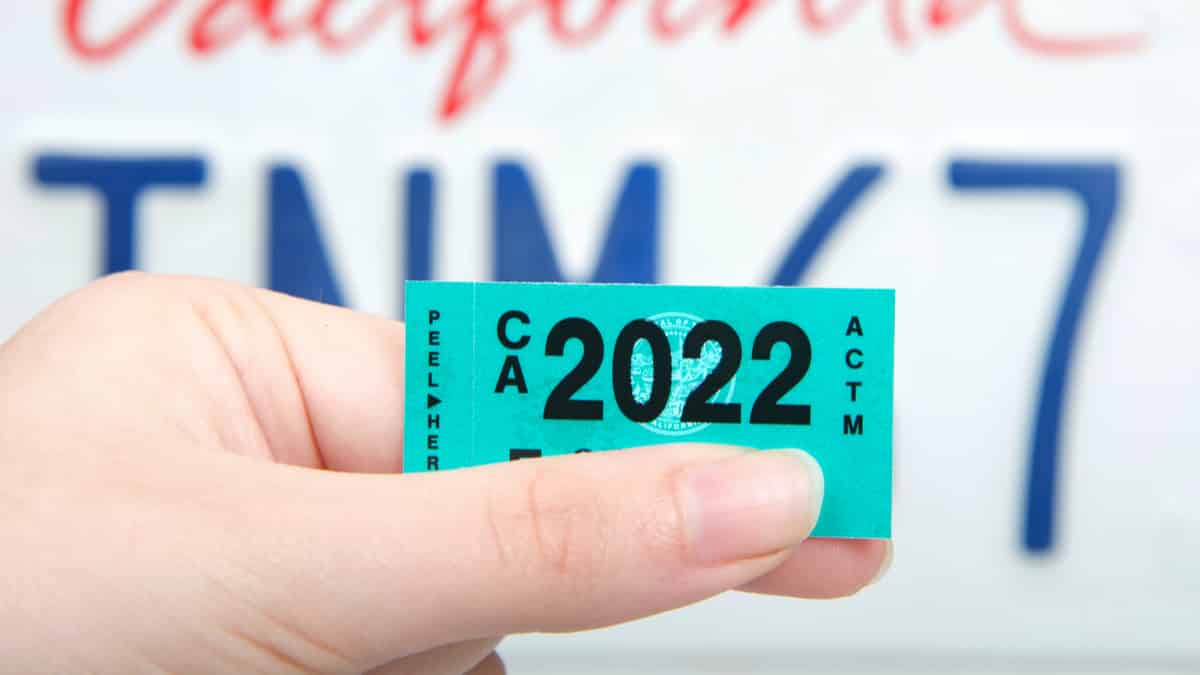In many parts of the country, drivers will find themselves battling fog during a daily commute. With so many accidents occurring when visibility decreases, it’s important to learn tips for driving in fog.
In this guide, we touch on all of the top safety tips for driving in the fog. We also look at other dangerous times to drive, so you can plan ahead. With these guidelines, you might be able to prevent collisions from happening simply by making a few simple changes to your behavior.
10 Safety Tips for Driving in Fog
1. Keep Your Distance

The easiest way to remain safe is to keep your distance from the vehicle in front of you. Because it’s more difficult to see, you need to allow for more reaction time.
If the car in front of you brakes suddenly, you want time to stop as well. If you would typically leave ten feet for every ten mph you are traveling, you would be better off doubling these rules. With these guidelines, you won’t be able to use the lights of the car in front of you as a guide, but you shouldn’t be anyway. We will talk more about that in a minute.
2. Use Low Beams or Fog Lights
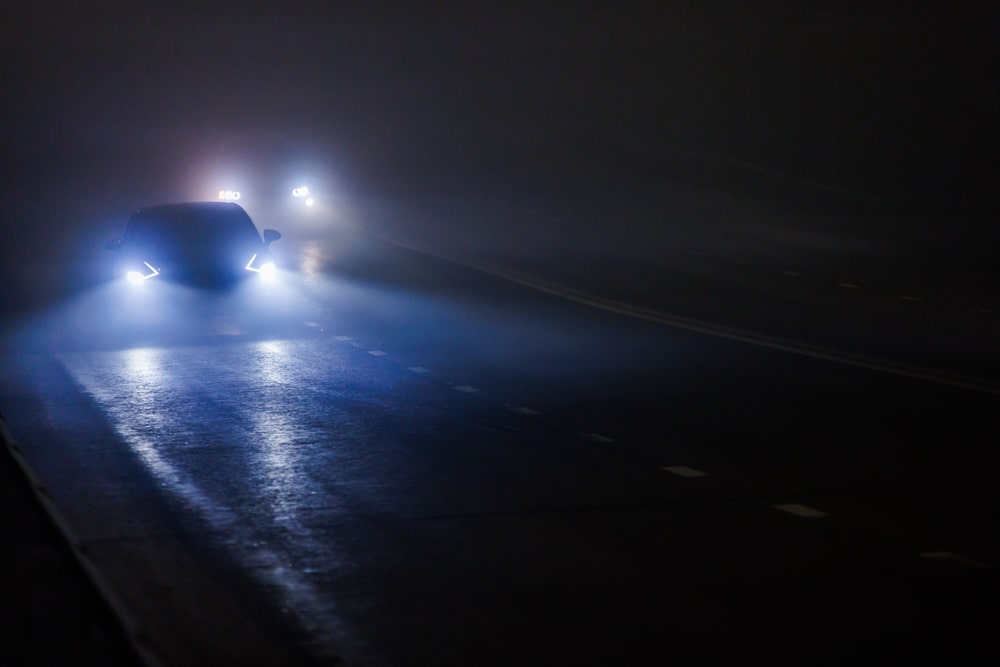
It might be tempting to turn on your high beams in hopes that you will see better. In actuality, high beams are going to make it harder to see.
Instead, you want to stick to the low beams, which are geared toward driving in the fog. If you struggle to see with the low beams, it might be time to upgrade to another pair that’s brighter. If your car is equipped with fog lights, you may want to use these instead of low or high-beam lights.
RELATED: Xenon vs. LED vs. Halogen Headlights – What’s the Difference?
3. Clean the Windshield

Ideally, you will start the drive off with a clean windshield. This helps you avoid any debris or contaminants that block your view. If you notice anything on the windshield before you head out, take a microfiber cloth and clean it off.
You also have other tools at your disposal to ensure maximum visibility. Use the defrosters and windshield wipers as needed.
4. Don’t Use Lights as a Guide
Many drivers will follow the car in front by watching their lights. However, doing this can create more danger than good.
While watching the lights, you are focusing on a narrow landscape. You are missing what’s happening around you that might be important. Plus, you could blindly follow the car in front of you if they make a mistake.
5. Use Right-Side Guides
If you aren’t going to follow the lights in front of you, what should you be looking at? The right-side lines on the road should serve as your guide.
If the right-hand side has reflectors, it’s even easier to follow. While looking at the right of the road, make sure you still pay attention to everything happening around you.
6. Avoid Cruise Control
It might be tempting to turn on cruise control, so you have one less thing to think about. However, this isn’t the time for cruise control.
While you travel in fog, there are plenty of surprises to contend with. You want to control the speeds as best as possible.
7. Slow Down
While we are discussing speed, it’s time to slow down. There’s no hurry to get to your destination. Instead, it’s more important that you arrive safely.
If there is a car following close behind you, it can be tempting to feel like you should speed up. Instead, take a deep breath and remember that you are driving safely. You may just save the life of those behind you by forcing them to drive slower.
8. Brake Carefully
If there are cars behind you, there should also be a generous amount of caution when slowing down. After all, you don’t want to get rear-ended during a stop.
Start applying the brakes as early as possible to give other drivers plenty of warning. If you do need to brake suddenly, keep an eye on those behind you. It’s possible you might need to swerve at the last minute to avoid an accident.
9. Pull Over
If the conditions get too bad, it’s best to pull over and wait for the fog to lift. When you do this, make sure you find a spot far off the side of the road to ensure you don’t get hit by passing traffic.
It’s also wise to turn on your hazard lights so others know you are there. Everyone is having trouble seeing, so you want to give them every chance you can.
10. Stay Home
If you get up in the morning and see a lot of fog, it won’t hurt to stay home until the conditions improve. Considering how slow you will have to travel, you could make up much more ground once you can see.
If you don’t have to be anywhere important, just wait. You can’t get into a car accident simply for delaying your trip a little bit.
Other Dangerous Times to Drive
1. Nighttime
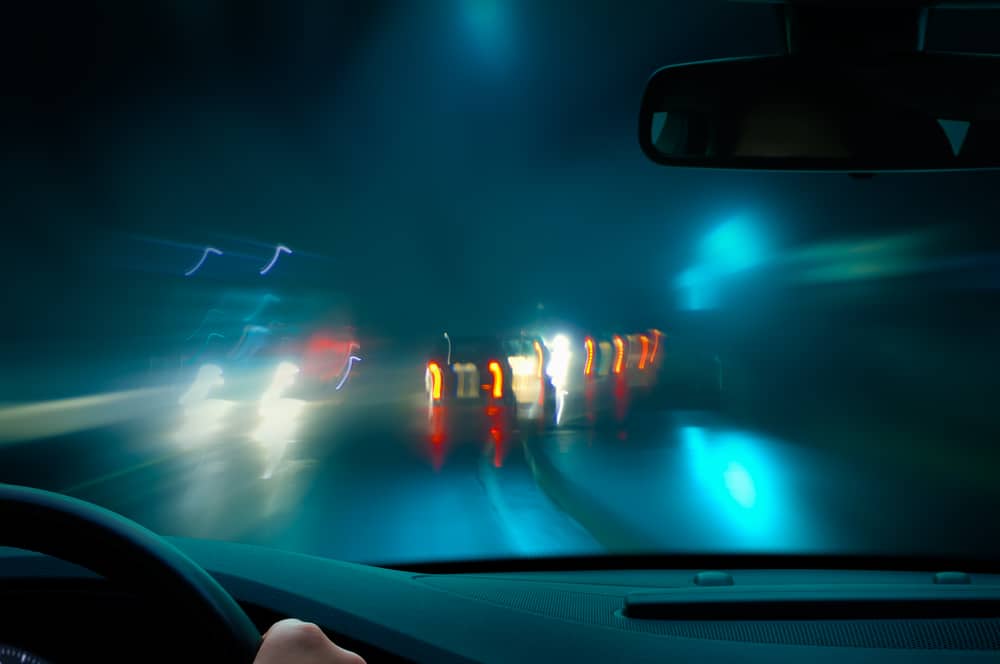
Once the sun goes down, accidents rise. With the reduced visibility, it’s much easier for a collision to occur.
During spring and summer months, it might not get dark until 8 pm, so there’s more time to drive in the sunlight. However, in fall and winter, the sun goes down much sooner. For this reason, the nighttime commute becomes more dangerous.
Aside from that, drunk drivers tend to be out the most at night. During the middle of the night is the most dangerous time when you may face this predicament.
2. Weekends
Friday and Saturday nights can be dangerous for the same reason. Once people are done work for the week, they are ready to get out and enjoy some nightlife. In the process, some people may drive when they really shouldn’t, putting other people at risk on the road.
Even during the day over the weekends, there are additional risks. People have worked all week and are tired. They can also be traveling with family or friends and become easily distracted. On top of that, there are lots of people on the road, busy running errands, making it easier to get into an accident.
3. Summer
More crashes occur from Memorial Day to Labor Day than during any of the other seasons. For this reason, the time has been dubbed “The 100 Deadliest Days.”
With tons of families taking road trips and people getting together for parties, there’s more danger to contend with. Plus, teens aren’t in school, so they are also hitting the road with their friends.
4. Back to School Season
As teens also head back to school, you can see an increase in accidents. Kids spend the summer sleeping in and enjoying the day, but all of that changes when school starts.
All of a sudden, they have to get up early and hurry to school. During the times when they are driving to school and coming home in the afternoon, you can see an increase in accidents until they become accustomed to the new schedules.
5. Holidays
Around every holiday, you will see an increase in accidents. No matter what holiday it is, we see that many Americans are gathering with family and friends, which often requires longer drives. Additionally, there could be some drinking involved, which further increases the risks.
What is considered the most dangerous holiday? The National Safety Council lists Thanksgiving as the deadliest on-road holiday. This is one of the busiest on-road holidays, so the traffic alone can be to blame. If you are traveling in the northern part of the country, temperatures have also plummeted. For this reason, the roads could be snowy or icy, making it more difficult to navigate safely.
However, those in the southern climates don’t have a free pass. It could also be raining during these holidays, putting a strain on all of that traffic.
Is It Better To Avoid Or Follow A Car In Fog?
It is better not to follow a car when driving in fog. Instead of following the car in front of you, you should concentrate on the environment around you and follow the road lines on the right side. If you are following a car when driving in fog, you should keep a long distance between them.
How Fast Can You Drive In Fog?
When it’s foggy outside, only drive as fast as the conditions allow. How fast you can drive depends on how dense the fog is. If there is light fog, you can probably drive at normal speed, but if there is thick fog, you must drive much more slowly.
Should You Drive In Fog?
If there is light fog and you feel comfortable driving in the fog, you can. However, if there is thick fog and you think it could be dangerous and feel insecure, you should definitely consider driving another day unless it is an emergency and you need to drive.
Does Fog Make The Road Slippery?
Fog can potentially make the road very slippery, as it makes the road wet just like rain. If there are a lot of leaves on the road and the road is wet, it can be almost as slippery as on ice.
To stay safe when driving in fog, make sure you keep your distance, use your low beams, and keep the windshield clean. Instead of using the lights in front of you as a guide, use the right-side lines. Also, avoid using cruise control, slow down and brake carefully. In dire situations, pull over or stay home.
Driving in fog can be difficult. You need to take extra precautions and be careful. But if you follow these tips, you should be able to get where you’re going safely. Thanks for reading, and be safe out there!
Learn more:
- Is It Illegal to Drive Barefoot In Your Car?
- How Many Times Can You Fail a Driving Test?
- 11 Car Maintenance Tips (Extend the Life of Your Car)
Categories: Driving

